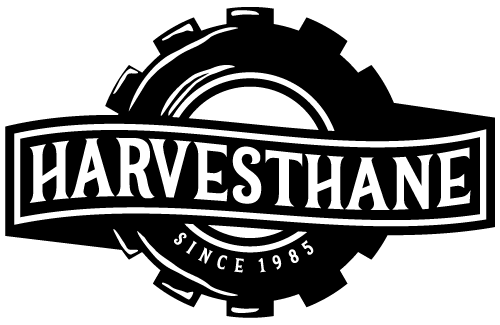Overmolding is a unique custom process in injection molding, in which one material (usually a thermoplastic elastomer) is molded onto a second material (usually made of rigid plastic), the latter being commonly referred to as the substrate. If the appropriate materials are chosen, the plastic and elastomer will form a strong bond—without the use of primers or adhesives—and result in the seamless combination of several materials into a single product.
The most popular type of overmolding is insert molding. In this procedure, a pre-molded insert is loaded into a mold, and then a thermoplastic elastomer is molded over it. Whereas other processes may require pricey special molds or machines, the tooling costs related to insert molding are lower. And insert molding allows for conventional single-shot injection molding machines to be used.
When designing parts and molds with the intent of overmolding, some basic guidelines should be followed to help ensure a successful operation. To obtain the best molding cycle time, wall thicknesses of both the overmold and the substrate should be as uniform as possible, with a goal of 0.060” – 0.120” for confidence of good bonding in the majority of applications. Additionally, when wall thickness changes, the transitions should be gradual in order to minimize flow issues (like gas traps and back fills). If thick sections of the elastomer are specified, coring them out will reduce the part’s weight, minimize shrinkage troubles, and lower the cycle time.
Another recommendation for effective overmolding is to reduce localized stresses by using radii in sharp corners (at a minimum of 0.020”). To aid in component ejection, long draws should have a 3°-5° draft per side. Also, features like deep, unventable blind pockets or ribs should be avoided. And deep undercuts are only possible with overmolding when properly designed and combined with certain thermoplastic elastomers.
A further aspect to be considered in part design with overmolding intentions is the chosen elastomer’s maximum achievable flow length. Besides the elastomer’s inherent flow characteristics, flow length is affected by the conditions of the overmolding process. Spiral flow tests can be performed to determine the innate flow characteristics. These assessments provide a comparative analysis of a material’s capacity to fill a mold or part. Shorter flow lengths are recommended in applications that have higher bond strength requirements.
Overmolds must also be planned with the goal of diminishing any opportunities for delamination, which is peeling of the resin. Elastomers’ surfaces should be flush with the sections of the substrate that are not overmolded. These substrate sections should also be at a higher level than the edges of the elastomer. Also, elastomer edges should not be even with, or over the edge of, the part itself.
Undesired flashing of the elastomer can also occur—but the probability is reduced by providing a groove on the substrate, 0.015”- 0.030” deep, located on the overmold’s edge. This groove should be created factoring in potential shrinkage of both the elastomer and the substrate. If the substrate is non-compressible or made of metal, springs should be situated under the sections of steel that are shutting off; this action prevents flashing caused by steel inserts with poor fits.
Finally, when choosing an elastomer, its surface texture should also be taken into consideration. Utilizing texture can impart a unique feel to a surface and minimize the appearance of surface defects. Note that some textures lend themselves to a perceived hardness that is lower or higher than the resin’s actual hardness.
Access more articles in our Plastic Knowledge Center.



